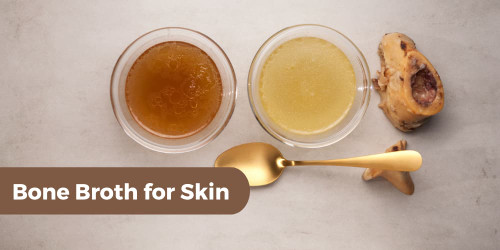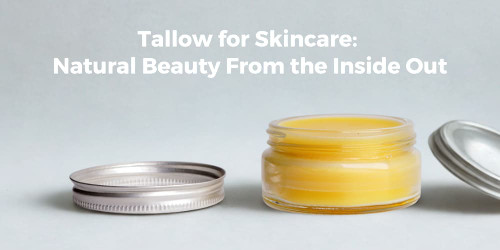Revised from previous (AS) 4381: 2002 for ‘single-use face masks for use in health care’, the current 2015 version of the Australian Standard is more aligned with the North American ASTM F2100-11 and European (EN) 14683.
The AS 4381: 2015 is divided into three levels of performance for materials used in surgical face masks to protect against fluid strike-through.
On average, blood and bodily fluids are known to strike the face area of a healthcare clinician about 45-51% of the time during treatment procedures, which is why wearing the best mouth and nose covering for your level of performance in a medical scenario can lower the risk of particle and droplet virus transmission.
Surgical masks that meet the Australian Standards are measured in accordance with three performance metrics:
- Bacterial Filtration Efficiency (BFE).
- Differential Pressure (Delta P).
- Synthetic Blood Penetration.
Fluid Resistance rates the performance of the material to contain blood and bodily fluid splashes before filtering through the mask. Therefore, its level of limitations determine the healthcare setting it is most suited to depending on the risk factors of the procedures.
LEVEL 1 SURGICAL FACE MASK
Fluid Resistance: 80mm Hg, low fluid exposure.
Applications: Mostly worn by nurses and doctors performing general practise procedures where there is little to no risk of blood or bodily fluid droplet exposure from the patient seeking medical attention.
LEVEL 2 SURGICAL FACE MASK
Fluid Resistance: 120mm Hg, moderate fluid exposure.
Applications: Widely accepted in emergency departments, frontline medical and dental settings where the risk of minimal droplet contamination is present during patient treatment procedures.
LEVEL 3 SURGICAL FACE MASK
Fluid Resistance: 160mm Hg, high fluid exposure.
Applications: Providing the highest level of protection in medical settings, these masks are worn by first responders and healthcare clinicians as a barrier against blood and bodily fluid splashes, resulting from surgical procedures and major trauma first aid situations.
Level 2 & 3 surgical masks are constructed with 3-4 layers of material for moderate to maximum fluid barrier protection. They are generally sold in blue, green and white colour come with tie or ear-loop designs.
To download and view the Australian Standards AS 4381: 2015 in more detail, click here.

In addition to the above, a global reference used by healthcare institutions for medical masks is a level rating that meets ASTM standards.
ASTM approved masks are rated according to the efficiency to protect the mouth and nose from particle, droplet and fluid penetration such as saliva from sneezes and coughs to synthetic blood from open wounds.
Under the ASTM F2100 medical mask requirements, three levels of barrier protection are tested for the performance and quality in filtration and fluid resistance:
- Level 1: Low barrier protection.
- Level 2: Moderate barrier protection.
- Level 3: Maximum barrier protection.
Face masks may also include other certifications like FDA, CE, TGA and ARTG approval ratings. Whereas, P1, P2 and P3 respirator masks may comply to the Respiratory Standard AS/NZS 1715 Selection.
It’s essential to remember that not all face masks are performance and quality standards-rated so it’s important to confirm your level of protection before you purchase.
To research and buy Australian Standards compliant Level 1, 2 and 3 surgical face masks, browse the full range of face masks and shields right here on MedCart Australia’s medical supplies marketplace.















